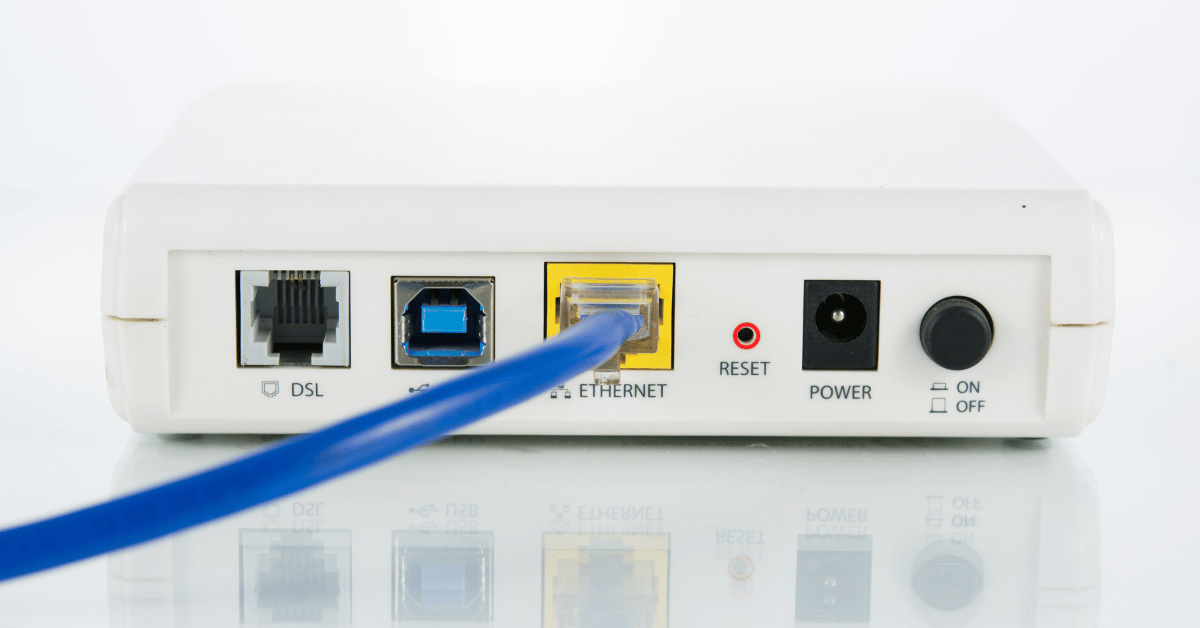A Closer Look at Network Switch Security
What is a network switch?
Does a network switch have built-in security?
Network switches can include a range of built-in security features, although the extent and complexity of these features often depend on the type of switch (e.g., managed vs. unmanaged) and its intended use (e.g., enterprise vs. consumer markets). Here are some common security features found in many managed network switches:
- Port Security: This feature limits the number of valid MAC (Media Access Control) addresses allowed on a specific port. Port security can prevent unauthorized devices from connecting to the network by disabling the port if an unknown device tries to connect.
- VLANs (Virtual Local Area Networks): VLANs can enhance security by segmenting a network into smaller, isolated subnetworks. This segmentation can limit the spread of broadcast traffic and reduce the risk of unauthorized access between segments.
- Access Control Lists (ACLs): ACLs are used to deny or allow traffic based on IP addresses, ports, or network protocols. This can be used to control which devices or services can communicate on the network, thereby enhancing security.
- DHCP Snooping: This feature helps prevent malicious or rogue DHCP servers from distributing IP addresses on the network. It ensures that only authorized DHCP responses are relayed to devices.
- Dynamic ARP Inspection (DAI): DAI protects against ARP poisoning, a common attack where an attacker sends false ARP messages onto a network. This helps ensure that traffic is forwarded only to legitimate MAC addresses associated with valid IP addresses.
- 802.1X Authentication: This provides network access control. A device must be authenticated through a central authentication server (like RADIUS) before being allowed to communicate on the network.
- Encryption of Management Traffic: Security for switch management is crucial; features like SSH (Secure Shell), HTTPS, and SNMPv3 encrypt configuration and management traffic to protect against eavesdropping.
- Logging and Notification: Advanced switches can generate logs and alerts that notify network administrators of potentially malicious activity.
While these features can significantly enhance the security of a network, they usually require proper configuration and ongoing management, typically found in managed switches. Unmanaged switches, on the other hand, offer plug-and-play simplicity but lack these advanced security features.
How is a network switch used in enterprise networking?
In enterprise networking, network switches play a critical role in managing, optimizing, and securing the flow of data across the organization's network infrastructure. Here's how network switches are typically used in such environments:
1. Core Network Infrastructure
Network switches form the backbone of the enterprise network by connecting all devices and enabling communication within the network. High-performance, scalable switches are used at the core of the network to handle large volumes of traffic efficiently and to maintain high availability and resilience.
2. Network Segmentation and VLANs
Switches are used to segment network traffic into different VLANs (Virtual Local Area Networks). This segmentation helps organize the network into logical sections based on department, function, or application, reducing broadcast traffic and increasing security by isolating sensitive data.
3. Traffic Management
Advanced switches can prioritize traffic using Quality of Service (QoS) features to ensure that critical applications, like voice and video communications, get the bandwidth and latency requirements they need. This is crucial in enterprise environments where delay-sensitive applications are used.
4. Security
Enterprise switches often include robust security features such as 802.1X for network access control, port security to limit the number of devices per switch port, Access Control Lists (ACLs) to permit or deny traffic based on policies, and features like DHCP snooping and Dynamic ARP Inspection to prevent common network attacks.
5. Redundancy and Failover
In enterprise environments, it's critical to have a network that can quickly recover from hardware failures or other issues. Network switches can be configured for redundancy with protocols like Spanning Tree Protocol (STP) and its enhancements (RSTP, MSTP) to avoid network loops and ensure there is always a backup path in case of a link failure.
6. Scalability
As businesses grow, their network needs evolve. Modular switches allow enterprises to expand their network capacity and features by adding additional modules (like more ports or better security capabilities) without replacing the entire switch.
7. Network Monitoring and Management
Managed switches provide capabilities for network monitoring and management, allowing IT teams to see real-time network performance, troubleshoot issues, and manage network configurations centrally. This is often supported by SNMP (Simple Network Management Protocol).
8. Integration with Advanced Network Services
In larger enterprises, switches might also integrate with more sophisticated network services like Layer 3 routing capabilities, advanced encryption for secure data handling, and integration with cloud-managed network platforms.
Overall, in enterprise settings, network switches are indispensable for maintaining the efficiency, performance, security, and scalability of the network infrastructure. They support the diverse and dynamic requirements of modern businesses and help ensure that the network supports the organization's operational objectives.
How does NAC protect network switch access?
Network Access Control (NAC) is a security solution that protects networks by enforcing security policies on devices that attempt to access network resources. NAC is particularly crucial in safeguarding network switches, which are central points in a network infrastructure. Here's how NAC helps protect network switch access:
1. Device Authentication
Before a device can access the network, NAC requires it to be authenticated. This process typically involves checking the credentials of the device against a central database, like a RADIUS or LDAP server. Authentication can be based on various factors, including user credentials, machine certificates, or device characteristics.
2. Device Posture Assessment
NAC systems can assess the security posture of a device before it connects to the network. This includes checking whether the device has the latest antivirus updates, required security patches, or specific configurations set. If a device does not meet the established security standards, it can be denied access or placed in a quarantine VLAN where it has limited access until it is updated.
3. Role-Based Access Control (RBAC)
Once a device is authenticated, NAC can enforce role-based access controls. Devices and users are granted access to resources based on their roles within the organization. For example, an HR manager might have access to sensitive employee data, while a regular employee does not.
4. Enforcement of Security Policies
NAC enables the enforcement of security policies on all devices trying to connect to the network. This includes applying policies that control what resources a device can access, the level of access, and the actions permitted. These policies help ensure that devices comply with security protocols and that sensitive areas of the network are protected from unauthorized access.
5. Traffic Monitoring and Anomaly Detection
NAC systems often monitor the traffic coming from connected devices. They can detect anomalies or behaviors that deviate from normal patterns, which might indicate a security threat. Upon detecting suspicious activities, NAC can automatically take actions, such as disconnecting the device or alerting administrators.
6. Integration with Other Security Systems
NAC can be integrated with other security systems such as firewalls, intrusion prevention systems (IPS), and security information and event management (SIEM) systems. This integration allows for coordinated responses to threats, enhances visibility across the network, and improves the overall security posture.
7. Dynamic Segmentation
NAC can dynamically assign devices to specific segments of the network based on their authentication status and compliance with security policies. This segmentation helps limit the potential impact of compromised devices and reduces the attack surface within the network.
By implementing these strategies, NAC significantly enhances the security of network switches and the broader enterprise network. It ensures that only authorized and compliant devices can access network resources, thereby protecting sensitive data and systems from unauthorized access and cyber threats.








